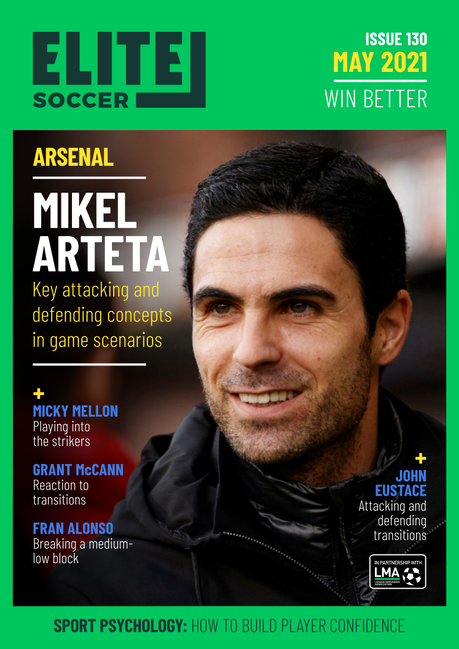You are viewing 1 of your 1 free articles
This session helps players improve their ability to defend the first ball into the box, then subsequent phases of crosses.
| Area | Half pitch |
| Equipment | Balls, cones, goals |
| No. of Players | 15 |
| Session Time | Session 10mins, 10mins per progression |
This session helps players improve their ability to defend the first ball into the box, then subsequent phases of crosses.
The word ‘phases’ is used a lot in football now and, in particular, when a ball into the box is only half-cleared. It’s a buzzword that is worthy of mention, because the reality is that goals are scored through players switching off when dealing with second and third phases.
It is therefore vital we train to give ourselves the best chance of minimising the goal threat from attacking ‘phases’ such as these.
What do I get the players to do?
We set up as shown, with four defenders tasked with repelling the threat posed by eight attacking players (who line up as two central midfielders, two wide players, and four strikers who operate on the edge of the penalty box).
The coach begins by passing to one of the central midfielders. He feeds the ball to a wide man, who works a ‘give and go’ with one of the four strikers, receives the ball back and crosses high into the penalty box (1a). Strikers can move towards the ball but don’t challenge for possession in this first phase. Defenders must clear (1b), then prepare for the second phase of attack - this can come from strikers or inrushing midfielders.
1a
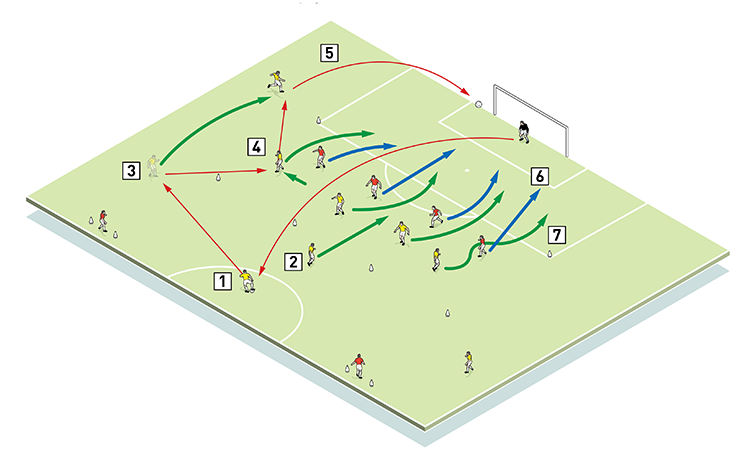
2. The central midfielder who doesn’t take the ball moves forward to aid the attack
3. The ball is fed to the flank
4. A ‘give and go’ is played
5. A high cross into the box follows
6. Attackers move into position in the box
7. Defenders must follow their man as well as preparing to clear the danger
1b
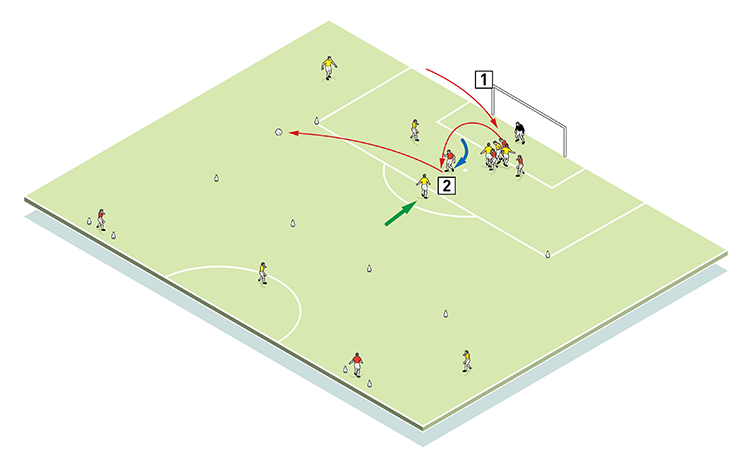
2. A defender clears the ‘second ball’ into space
Defensive players (the defenders or the keeper) can either clear the ball out of play, or to one of the two target men stationed near the halfway line, at which point a new attack begins. Play for five minutes then rotate players.
How do I progress the session?
Progressions gradually increase difficulty and are an important part of building confidence and communication.
In the first progression, we now allow strikers to challenge for the first lofted ball into the box rather than working passively.
Next, defensive players must find one of the two target players and cannot simply clear into space or into touch (2). We might also insist that the keeper can only punch the ball, therefore increasing the chance of another attacking phase coming back.
2
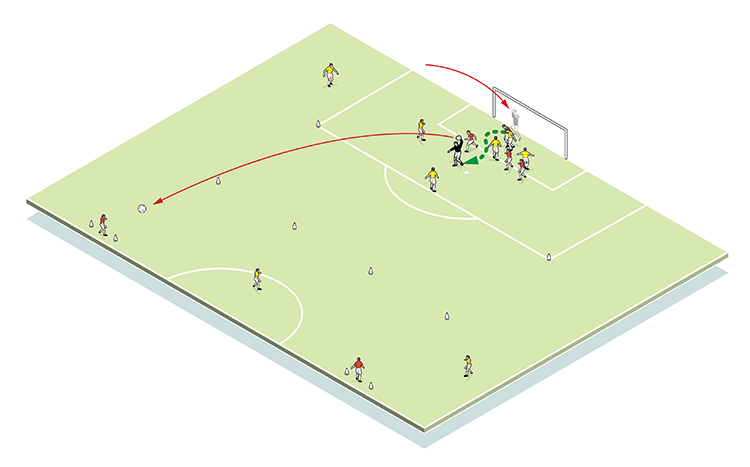
As a final progression, we’ll ask players to move the ball out of defence with a passing move that contains at least three passes (3). This is important since in match situations defenders are frequently asked to use clever passing patterns as a way of negotiating their way out of tight areas.
3
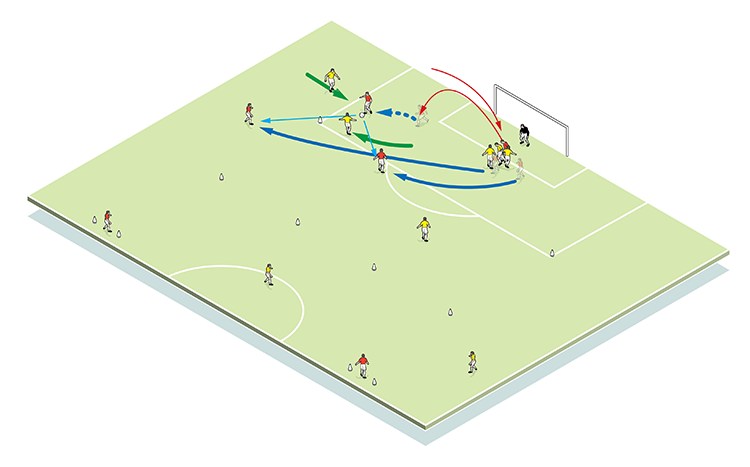
What are the key things to look out for?
Defenders must communicate well, being ready to defend until the danger is cleared, and always stay goal side of their man in the box. They need to adopt an open body shape and must be confident attacking the cross in clearing danger. In the subsequent phases, closing down the ‘shooter’ quickly and bravely is crucial.
Related Files
Editor's Picks
Intensive boxes drill with goals
Penetrating the final third
Creating and finishing
My philosophy
Pressing initiation
Compact team movement
Defensive organisation
Back three tactics
Counter-pressing as an offensive weapon
Coaches' Testimonials

Alan Pardew

Arsène Wenger

Brendan Rodgers

Carlos Carvalhal
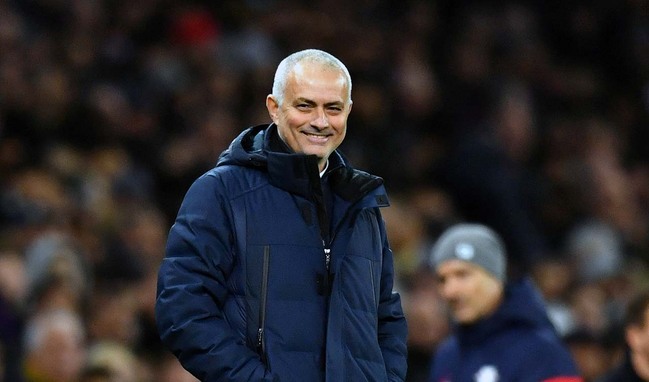
José Mourinho

Jürgen Klopp

Pep Guardiola

Roy Hodgson

Sir Alex Ferguson

Steven Gerrard
Coaches' Testimonials

Gerald Kearney, Downtown Las Vegas Soccer Club

Paul Butler, Florida, USA

Rick Shields, Springboro, USA

Tony Green, Pierrefonds Titans, Quebec, Canada
Join the world's leading coaches and managers and discover for yourself one of the best kept secrets in coaching. No other training tool on the planet is written or read by the calibre of names you’ll find in Elite Soccer.
In a recent survey 92% of subscribers said Elite Soccer makes them more confident, 89% said it makes them a more effective coach and 91% said it makes them more inspired.
Get Monthly Inspiration
All the latest techniques and approaches
Since 2010 Elite Soccer has given subscribers exclusive insight into the training ground practices of the world’s best coaches. Published in partnership with the League Managers Association we have unparalleled access to the leading lights in the English leagues, as well as a host of international managers.
Elite Soccer exclusively features sessions written by the coaches themselves. There are no observed sessions and no sessions “in the style of”, just first-hand advice delivered direct to you from the coach.




